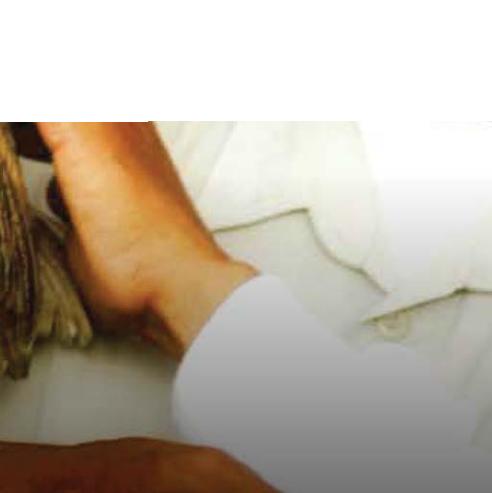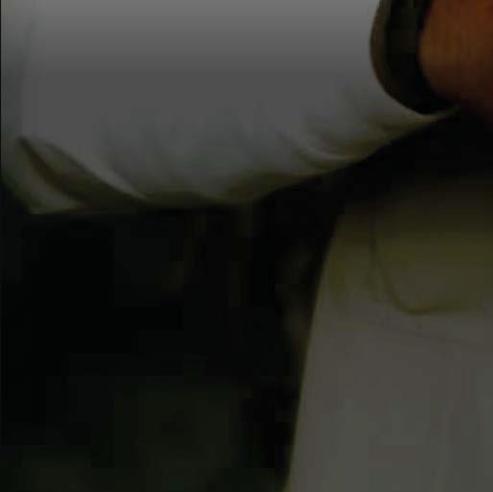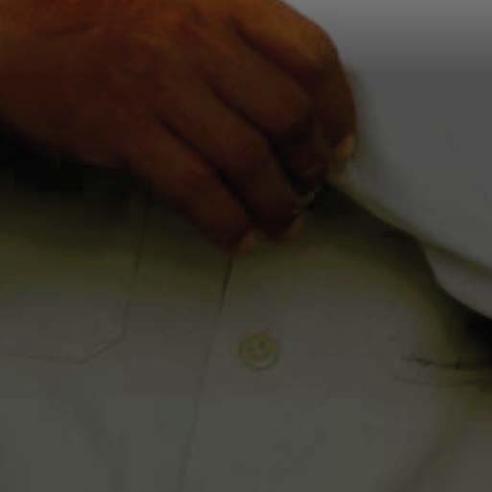SEO Version









We have been using barn owls as bio-control of rats at PT SIMP Riau since 1997. The current owl population has
achieved total rat control for the entire SIMP Riau oil palm plantation covering 57,000 ha, and no rodenticide has
been used for more than 10 years.
The table below shows the number of new young birds produced yearly from nest boxes. The number of young
owls fell below 8,000 in 2012 as some breeding pairs have migrated to neighbouring estates and villages in search
of more food.
Number of young barn owls produced yearly at nest boxes of SIMP in Riau, 2003–2012.
YEAR
2003 2004 2005 2006 2007 2008 2009 2010 2011 2012
New young owls 10,846 9,675 10,468 11,306 11,533 8,962 9,563 9,301 9,034 7,668
We started another barn owl development project at PT SIMP South Sumatra where 507 nest boxes were installed
and 3,574 young birds were raised between 2008 and May 2013. With our positive experience at PT SIMP Riau
and South Sumatra, we hope to replicate the success of the barn owl development projects on other plantations,
with the goal of setting up one nest box for every 30 hectares. Special permit is required from the government
before we could introduce the barn owls in Kalimantan.
We also implemented the barn owl development scheme at PT Lonsum in 2008. The table below shows the number
of nest boxes erected and young owls born annually between 2008 and May 2013.
Number of young barn owls produced yearly at nest boxes of PT Lonsum (2008–May 2013).
NUMBER OF
YEAR
2008
2009
2010
2011
2012 2013 (May)
Newly born Young owls
4
41
179
272
92
83
Nest boxes erected
16
122
131
149
129
135
Remarks:
Summary data were recorded from four estates (Bah Lias, Riam Indah, Sei Lakitan, and Sei Kepayang Estate). The record on young owls was discontinued from 2012
at the Sei Lakitan estate.
Sustainability Report 2 012
Powered by FlippingBook Publisher

